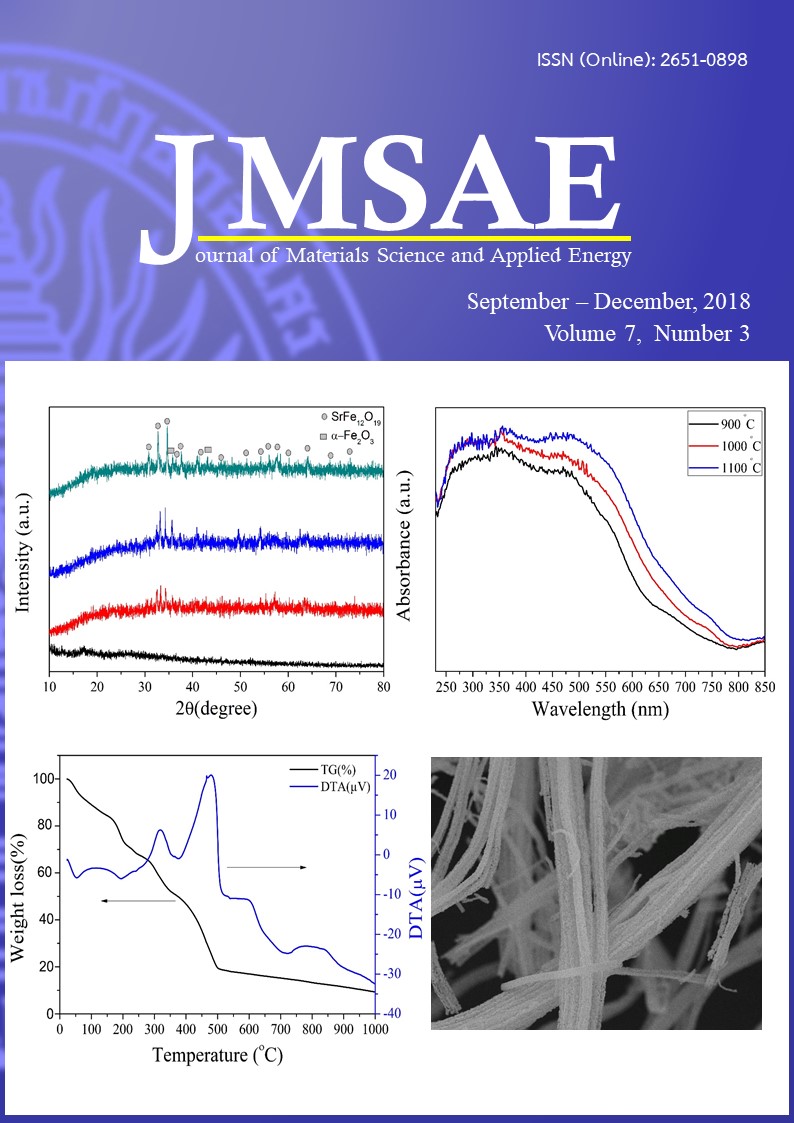Development of Titania (TiO2) Nanotube Photoanodes of Photoelectrochemical Cells for Hydrogen Production using Anodization and Hydrothermal Method
Keywords:
Anodization, Titania nanotubes, Hydrogen production, Hydrothermal, Ultrasonic cleaningAbstract
Titania nanotube (TiO2) based photoanodes of electrochemical cells were fabricated to generate hydrogen by water splitting through solar energy. The anodization was used to synthesize TiO2 nanotubes. The nanotube arrays were ultrasonically cleaned at different extensions of times of as anodized samples for 0 - 50 min and followed by annealing at 450 °C for 2 h. The suitable period of time for ultrasonic cleaning of the surface was 30 min. The ultrasonic cleaning was used to perform to obtain the suitable to be subjected to hydrothermal process. The samples were then subjected to hydrothermal. The hydrothermal was carried out different solutions: acid, neutral, and base. After being treated by hydrothermal process, the samples were annealed at 180 °C for 18 h. The samples were characterized by several techniques including XRD, SEM UV-vis Spectroscopy. The results show that TiO2 nanotubes were longer when compared with the anodized samples. The samples also show main phase of TiO2 and the energy gaps of the samples were reduced. The TiO2 nanotubes can serve as working electrodes and generate hydrogen. The highest efficiency of solar energy conversion to hydrogen was the samples subjected to neutral solution treatments in hydrothermal process.








